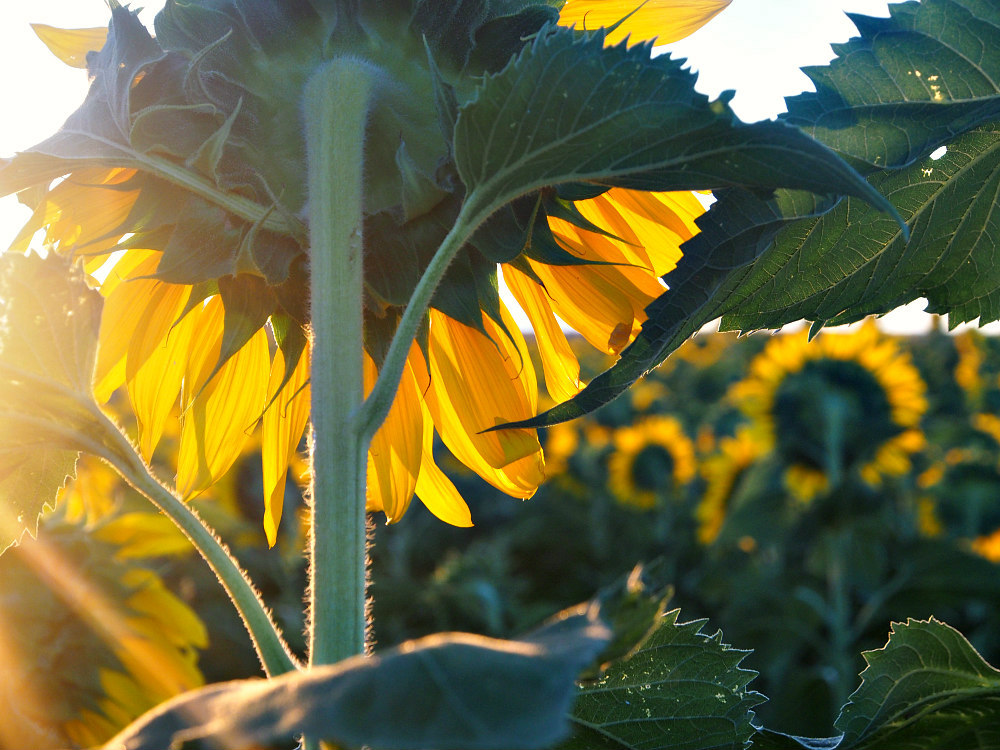
“The world is indeed full of peril, and in it there are many dark places;
but still there is much that is fair,
and though in all lands love is now mingled with grief,
it grows perhaps the greater.”
J.R.R. Tolkien
I’ve been thinking about the land so much this year as drought ravages and bushfires destroy. Some days the grief of it all overwhelms me and I weep in sadness and frustration and fear. This week has been especially discouraging as the air fills with dust and smoke turning our eyes red and weepy, making our voices sound like we’ve been smoking for decades, giving us hacking coughs and runny noses. The wind howls across the paddocks withering the last of our grass and sending great clouds of dust billowing over the landscape. There’s no rain in the forecast, not for us, just hotter temperatures and endless dry days.
It can be overwhelming. I won’t lie. But that overwhelm, that discouragement and grief, it leads to something, to that glorious question that is at the beginning of every good thing worth doing:
What can I do?
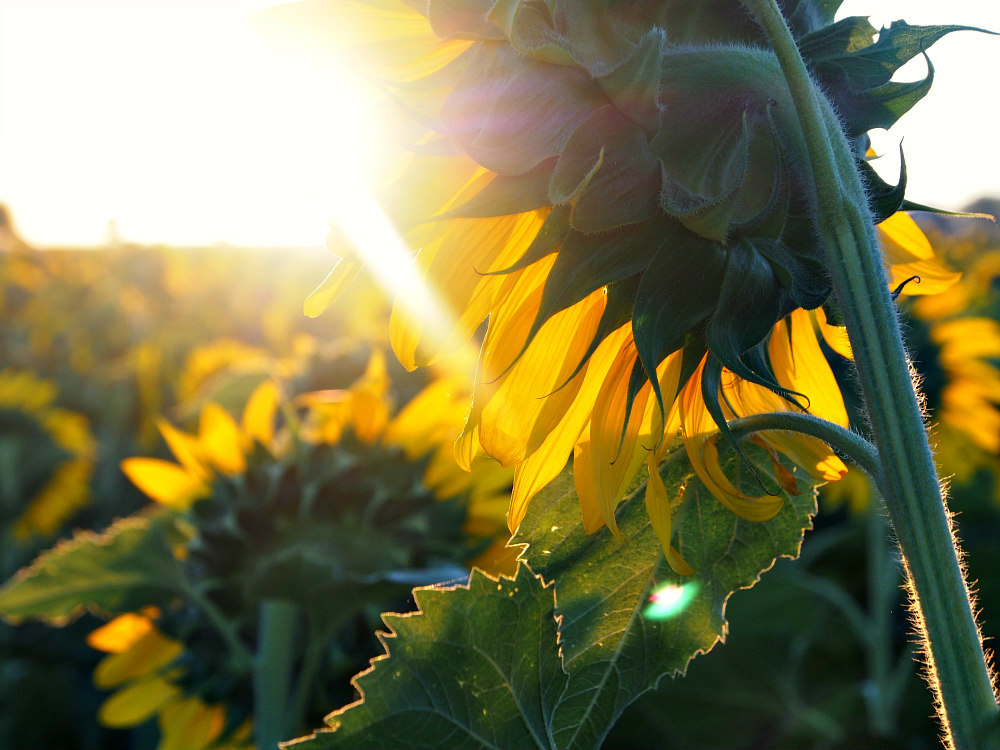
I can’t do much on the grand scale of things. I have no money or power or influence to make sweeping changes to environmental policy. I can’t stop the bush fires or conjure up rain or infuse hope into dehydrated, dust-covered souls.
But we have 40 acres that we are responsible for. 40 acres where we can make a difference.
So we’re trying.
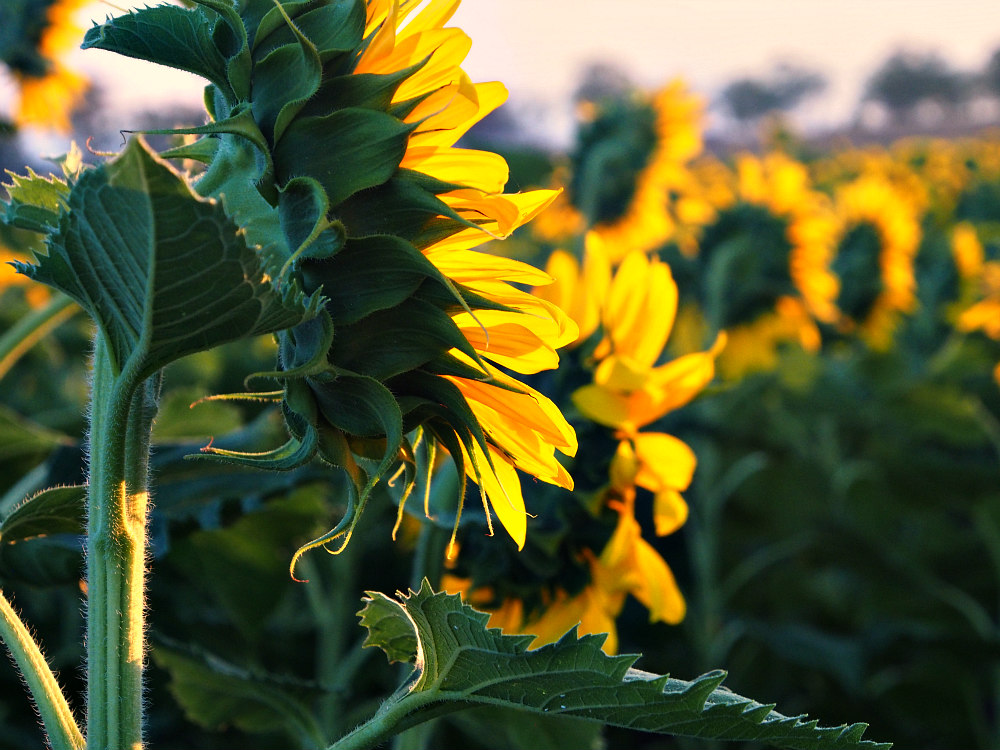
Bear started it all years ago by ensuring we had a deep bore and numerous rainwater tanks. He dug ditches and channels to make sure that every drop of water that falls here is collected and directed to places where it can be used well. In this land, water is life.
We practised rotation grazing with our herds of goats and sheep so that our paddocks weren’t eaten down to the roots. This has saved us. Even now our paddocks still have edible grass in them, without any irrigation, long after most paddocks in the region are dust.
We grow herbs like wormwood and mugwort and these keep our herds healthy and strong with little need for worming even in the worst drought in recorded history.
These are all good things, but going forward we need to do more to accommodate the changes in our climate: higher heat, less rain, fiercer winds.
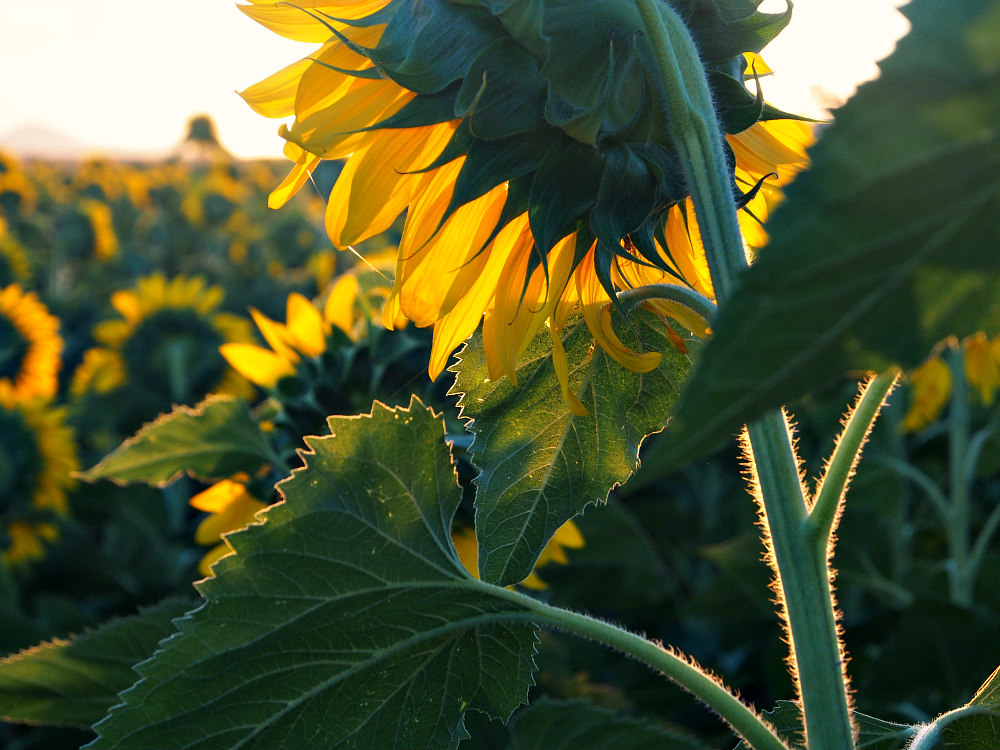
So I’ve been studying, a lot, seeking answers to so many questions:
How can we help our land be resilient in even the fiercest climate conditions?
How can we help our land thrive with little water?
How can we create a habitat where both our domestic animals and wildlife can flourish?
How can we grow food and medicinal plants in ways that are sustainable and productive?
This path of study has given me more hope and courage than I can express.
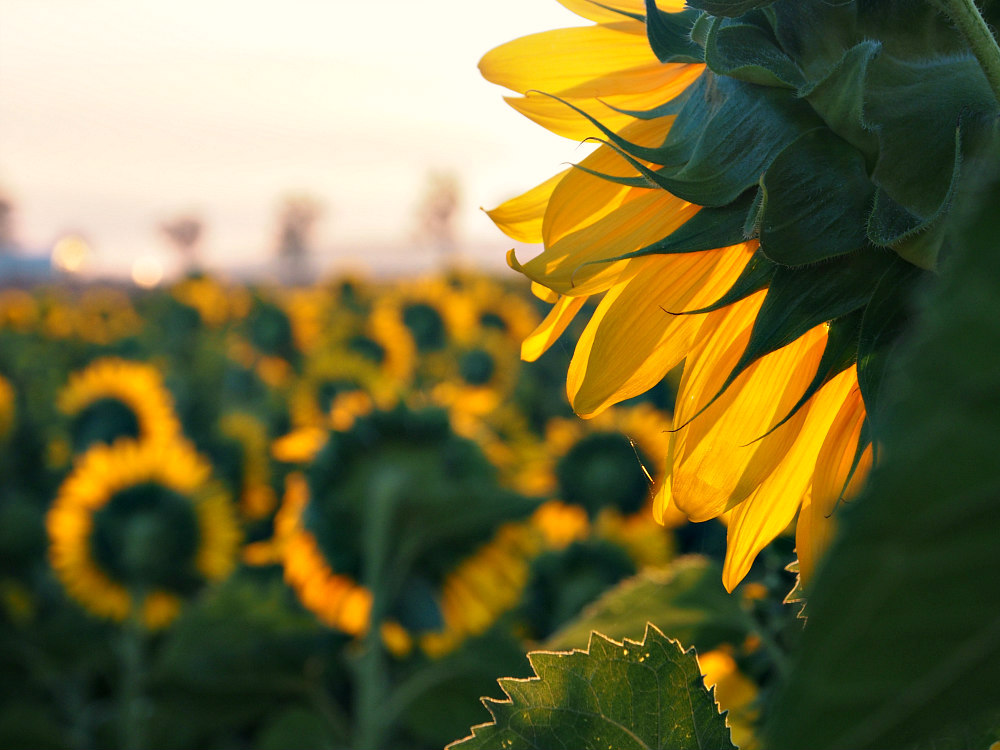
Two books, in particular, stand out as being incredibly helpful: Grown & Gathered by Lentil and Matt Purbrick and Dark Emu by Bruce Pascoe.
In the first, I was introduced to the revolutionary idea of watering gardens in the middle of the day. This has transformed my gardening. It is based on the idea that the purpose of watering is to help plants avoid stress. With traditional morning/evening watering, the plant is left to its own devices in the hottest part of the day, resulting in stress, wilting, and the need to constantly recover from stress instead of putting all its energies into production. When I first read this, my jaw dropped. It made so much sense and I immediately implemented it. Much to my delight, it has resulted in the healthiest, most productive garden I’ve ever had. I use less water, spend far less time watering, and my plants are strong, healthy, and productive, even in the searing heat, fierce winds, and utter lack of rain.
In the second, I had my Australian worldview turned on its head. It is a magnificent book shattering the myth of Aboriginal hunter-gatherer history and revealing their brilliant and wise land management skills that kept Australia lush, verdant and thriving. I have loved learning how they worked with the Australian environment instead of against it, finding ways to successfully grow crops, enrich the soil, harvest and store grains, vegetables, and meat without any of our modern conveniences. I am so excited to begin trying these methods on our property.

One amazing opportunity that has come out of the heinous weather we’ve had this year is the ability to observe our land, our gardens, our orchards. In spite of everything the weather has thrown at us, there are trees, plants, and herbs that are positively thriving without any water at all, and this has provided an excellent classroom for us to know what to plant in the future.
In our bush, gumbi gumbi trees are not just surviving, they’re reseeding themselves and new starts are everywhere. The Aboriginals used their leaves in tea as a medicine for centuries.
In our paddocks, the ground is parched and dry, but there’s still plantain growing bright green. The young leaves are beautiful as a salad green and are loaded with iron and other vitamins and minerals. You can also eat the young shoots and the seeds. With just a little bit of water, I also get purslane, dandelion, lamb’s quarters, and stinging nettles, all of which are edible and nutritious.
In our orchards, many of our fruit trees have died, but the olives, pomegranates, apricots, citrus, and quince are doing beautifully in spite of no water at all. This is due in part to us allowing the grass to grow around them rather than pulling it all out. This provides a natural ground cover and mulch, retaining water and keeping the roots cool.
In our gardens, the vegetables and herbs that thrive are those that do well in similar climates to ours: Italy, Spain, California. With daily drip watering during the hottest parts of the day, I have a steady harvest of artichokes, tomatoes, asparagus, chillies, and beans. Soon I will have eggplants and capsicums and later, pumpkins and corn.
As we look to the future, these are the things we will focus on planting and nurturing. Trees, plants and herbs that will help the environment, our land, and provide food for us, our animals, and local wildlife.
Things are dire here, but there is also hope. And I’m clinging to that. xo

It’s great to see how resilient your land is after the actions you and Bear have taken. I’m so glad you still have feed for your animals and yourselves.